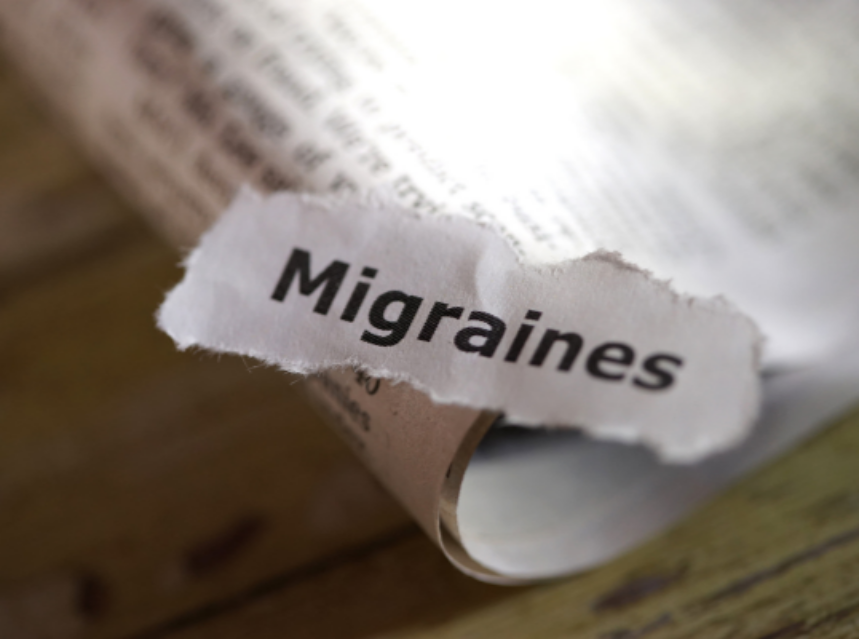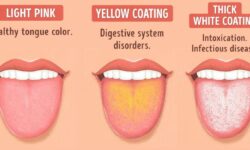Migraine Diet 101: 10 Best and Worst Foods for Migraine Sufferers

If you’ve ever had a migraine (or are a constant migraine sufferer) you know how horrible they can be. It’s an almost-unbearable headache that can leave you with a horrible sensitivity to light and sound and even lead to nausea, vomiting and vision loss. There are certain foods you can eat to prevent and subdue migraines, and certain foods you should avoid as well. Read on to learn more about the migraine diet and how it can help you get back to yourself.

What Is a Migraine?
A migraine is a severe headache that causes throbbing pain, usually on one side of the head but sometimes on both. Migraines can often be accompanied by nausea, vomiting, irritability, loss of vision and extreme sensitivity to light, sound and even smell. Migraines can last for hours and even days and can interfere with day to day activities.
Some people will get a warning symptom called an aura that occurs before or with the headache. An aura can cause visual disturbances such as flashes of light, blind spots, tingling on one side of the face or arms and legs, and difficulty speaking.
16 Migraine Symptoms
There are different stages of a migraine and symptoms that go along with each stage. Here is a rundown of each:
Prodrome
(Can occur one or two days before a migraine)
1. Constipation
2. Mood changes
3. Food cravings
4. Neck stiffness
5. Increased urination
6. Fluid retention
7. Frequent yawning
Aura
(Can occur before or during migraines. Each symptom builds up gradually, builds up over several minutes and lasts up to 60 minutes)
1. Visual phenomena, such as seeing various shapes, bright spots or flashes of light
2. Vision loss
3. Pins and needles sensations in arms or legs
4. Weakness or numbness in the face or one side of the body
5. Difficulty speaking
Attack
(Can last 4 to 72 hours if left untreated)
1. Severe, throbbing pain on one or both sides of your head
2. Pain that throbs or pulses
3. Sensitivity to light, sound and sometimes smell and touch
4. Nausea and vomiting
12 Migraine Causes
The definitive cause for migraines hasn’t been found, however, it’s believed to be a condition that’s due to abnormal brain activity that affects nerve signalling and chemicals and blood vessels in the brain.
Here are some migraine triggers that are often reported:
1. Bright lights or loud sounds
2. Severe heat or other extreme temperatures or weather
3. Dehydration
4. Hormonal changes in people assigned female at birth, including before or during menstrual periods, pregnancy and menopause
5. Drinks including too much alcohol and caffeine
6. Excess stress
7. Intense physical activity
8. Skipping meals
9. Changes in sleep patterns
10. Weather changes
11. Medications such as oral contraceptives
12. Food additives likes MSG and aspartame
Migraine Diet 101: 10 Best and Worst Foods
Best Foods for a Migraine
1. Dark Leafy Greens
Dark leafy greens including spinach, Swiss chard, and kale are great sources of magnesium, which can help decrease or prevent migraines. Studies have found that people who suffer migraines have low magnesium levels, so upping your magnesium intake through food is key. Other great sources of magnesium are avocados, tuna, nuts and tofu.
2. Fatty Fish
Fatty fish including mackerel, cod and salmon are rich in omega 3 fatty acids that can help when you have a migraine. A diet rich in omega 3 fatty acids has been shown to reduce the frequency and intensity of monthly migraine attacks. If you’re plant-based, you can get omega 3s from sources like walnuts, flaxseeds and chia seeds.
3. Watermelon
Watermelon contains tons of water and getting enough water (through drinking it and eating foods that contain lots of water) is essential for curbing migraines. Watermelons are 92 percent water, so are great for helping you stay hydrated. Dehydration can be a major trigger for migraines, so upping your water intake is crucial.
4. Bananas
There are plenty of benefits of bananas for migraine episodes. They’re about 74 percent water, so are good for hydration. They’re also a great food for quick energy recovery so can help you stave off an energy attack or an episode of hypoglycemia, which can lead to a headache. Finally, they’re high in magnesium, which we already know is good for migraines.
5. Legumes
Legumes like lentils and beans contain protein and fibre that help maintain blood sugar levels, and potassium and magnesium to relieve blood vessel constrictions. Legumes also supply coenzyme Q10, which is good for brain health and may reduce the number of days a migraine lasts.
6. Herbal Tea
Drinking adequate amounts of water is the best way to stay hydrated and herbal tea is another excellent way to boost your hydration. Certain types of tea have additional benefits. Peppermint tea can relieve symptoms like congestion and pressure, which are common symptoms of a sinus headache. Ginger tea has also been found to help with tension headaches.
Worst Foods for a Migraine
1. Artificial Sweeteners
Many processed foods contain artificial sweeteners. These are sugar alternatives such as aspartame that are added to food and drink to cause sweetness. Aspartame in particular is known to trigger migraine symptoms, so be sure to avoid artificial sweeteners as much as possible.
2. Alcohol
Alcohol, especially red wine, is a common trigger for migraines. Alcohol can also cause dehydration, which is a significant contributing factor to headaches. Try to avoid alcohol as much as possible if you’re prone to migraines.
3. Salty Foods
Salty foods, especially salty processed foods can trigger migraines in some people. Consuming high levels of sodium can increase blood pressure, causing headaches or migraine attacks.
4. Aged Cheese
Aged cheeses like cheddar and manchego contain a compound called tryamine, which can contribute to headaches. The longer a high protein food ages, the more tryamine it contains. Tryamine may cause migraines by altering the level of certain neurotransmitters in the brain. Parmesan and brie cheese may also be culprits.
If you suffer from migraines, try eating and avoiding these foods to see if it helps!
This post contains affiliate links.
Did you find this post on the migraine diet helpful? We’d love it if you shared it on Pinterest!
Looking for more health and wellness tips? Make sure to follow our Health Board on Pinterest!


